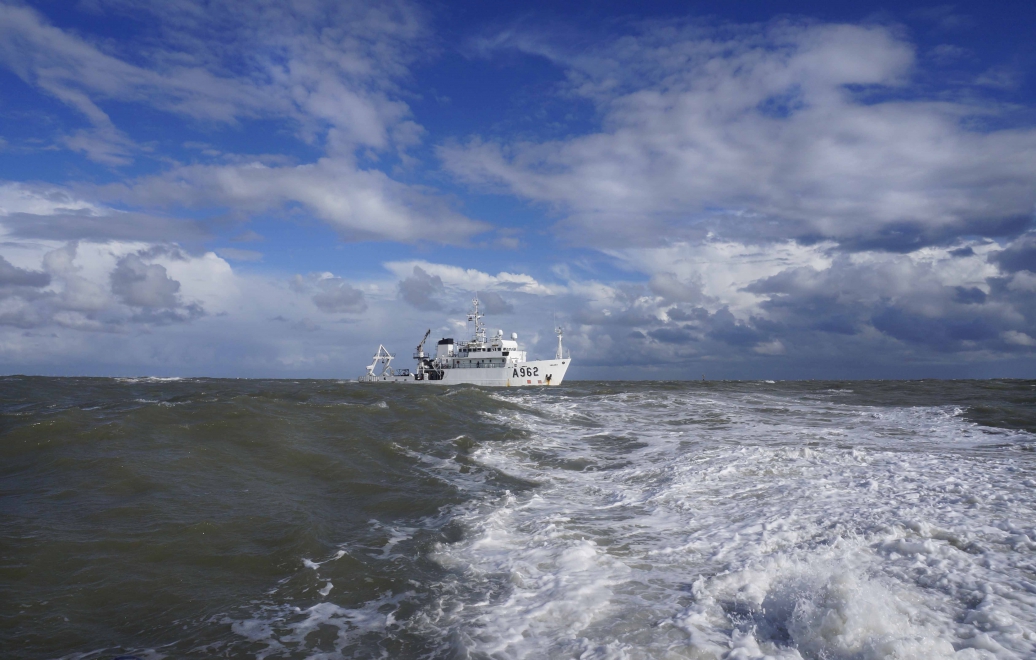Doelstellingen
Overall goal: to develop an integrated interdisciplinary scientific workflow for marine munition dumpsite research, allowing a scientifically underpinned management strategy for the Paardenmarkt dumpsite. This comes with the following objectives

Objective 1: Determining munition burial depth and sampling adjacent sediment
-
Application of new methodologies for precise depth sounding (depth determination at dm level) and sediment sampling as close as possible to the munition.
Objective 2: Physical, chemical and biological characterisation of the site:
-
Novel combination of onshore and marine electrical resistivity to provide a global view of the salinity distribution from the upper beach to the dumpsite and assess the presence of freshwater discharge under the dumpsite.
-
First characterisation of microbial communities on a chemical munition dumpsite to detect and quantify microbial indicators.
-
First characterisation of biogenic gas at the dumpsite to identify and quantify gas concentrations in sediment and water.
-
Application of Quantitative Structure Activity Relationships for assessing effects of chemical warfare agents (CWA), explosives and their degradation products to obtain theoretical effect concentrations.
-
Improved analytical procedures and novel sample preparation methods (passive samplers and twisters) to obtain lower detection limits for measuring concentrations of CWA, explosives and their degradation products in sediment.
Objective 3: Model the corrosion rate of buried munition shells in marine sediments
-
Adapting current monomodal and aerobic corrosion models to a real-life situation, including anaerobic corrosion to assess the relative contribution of several corrosion processes and predict the material loss rate per year of buried munition shells.
-
Evaluating electrochemical corrosion rate measuring techniques for long-term exposures.
Objective 4: Evaluation of risk of munition-related chemicals
-
Novel in-situ sampling to assess a time-integrated spatial distribution of the water-exchangeable chemicals fraction in the surrounding sediment.
-
Determination of mixture toxicity of CWA, explosives and degradation products; novel exposures in toxicity testing through passive dosing to obtain realistic effect concentrations and assessments.
-
Combine measurements with improved chemical fate modelling and effect assessment to obtain a quantitative assessment of risks for humans and the environment.
Objective 5: Evaluation of explosion risk
-
Study of the ageing of the explosives in seawater and modeling detonation by sympathy and the impact of explosion in subsea sediment to quantitatively assess the risk of explosion for the site and its surrounding environment.
Objective 6: Evaluation of biological remediation through degradation of explosive and toxic chemicals
-
Construction of collaboromes, i.e. communities of microbial strains with core strains to break down chemicals and satellite strains to support the community.
-
First time identification of mechanisms of collaboromes degrading CWA and explosives and evaluation of high density-slow release bioaugmentation in marine sediments to document microbial degradation potential.
Objective 7: Inteaction with new technlogicl management solutions
-
Assessment of boundary conditions based on research results and evaluation of novel technologies for monitoring and management.
Published: ma, 02/01/2016 - 13:05 | Last updated: ma, 12/07/2020 - 18:32